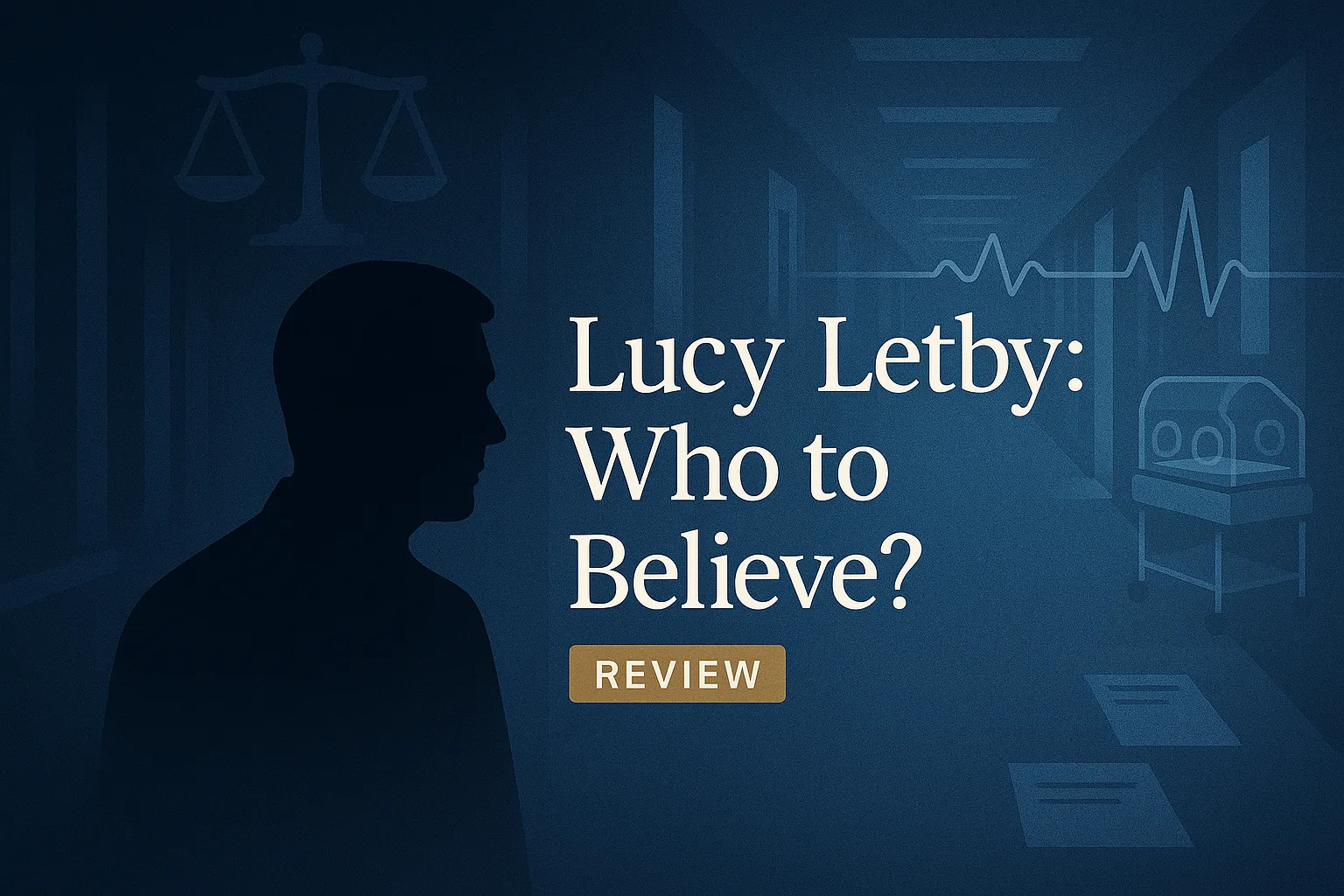Lucy Letby: Who to Believe? review just when you thought this case couldn’t get any more confusing
Lucy Letby: Who to Believe? enters one of the most disturbing and contested British crime stories of recent years and asks a deceptively simple question: when the facts appear overwhelming but the narrative won’t settle, how do audiences decide where credibility lies? The result is a tense, sometimes disorienting watch that mirrors the case’s own contradictions—and, at times, the wider media’s struggle to treat grief, data and doubt with equal care.
What the documentary sets out to do
The film’s structure oscillates between three pillars: testimony (clinicians, investigators, families), documentation (notes, timelines, unit logs) and interpretation (experts in statistics and neonatal care). Rather than delivering a neat “gotcha,” it stages the arguments, often placing them side by side without editorial rescue. That choice is both brave and risky: it respects viewers’ intelligence, but it also heightens confusion when context is thin.
| Focus | How it’s framed | Effect on viewers |
|---|---|---|
| Medical timelines | Condensed incident charts and shift overlaps | Clear patterns emerge, but complexity of ICU practice is easy to underplay |
| Handwritten notes | Presented as key psychological evidence | Powerful visually, yet interpretation depends heavily on outside context |
| Statistical debate | Short segments with competing experts | Raises crucial questions; too brief to resolve them |
What works
- Access & pacing: Interviews feel immediate and uncoached, with careful sound design that avoids sensationalism.
- Editorial restraint: The filmmakers resist tidy conclusions, foregrounding uncertainty where it genuinely exists.
- Trauma‑aware tone: Families are given space; the camera never hovers on grief for spectacle.
Where it stumbles
- Context gaps: ICU protocols and statistical methodology get minutes where hours are needed.
- Timeline compression: Rapid intercutting can blur causality and make coincidences feel causal.
- Expert balance: The film invites dissenting analysis but sometimes ends a segment just as it becomes illuminating.
Ethics: telling a story amid grief and doubt
True‑crime fatigue is real, and this documentary knows it. To its credit, it avoids lurid reenactments and respects clinical confidentiality. Still, the ethics conversation lingers: when a documentary chooses ambiguity, is it empowering audiences—or outsourcing editorial responsibility? Here, the filmmakers mostly earn their ambiguity by showing the cost of certainty: careers shattered, families living with unimaginable losses, and a health system that must be safer tomorrow than yesterday.
The film’s most honest stance may be this: evidence must be explained, not just displayed. Without that labour, “who to believe?” becomes a slogan rather than a method.
Verdict
Rating: 4/5. Who to Believe? is not the final word on the case, but it is a sobering reminder that complex medical investigations rarely fit into hour‑long television. It’s rigorous in tone, uneven in depth, and ultimately valuable for how it models skepticism without cruelty.

